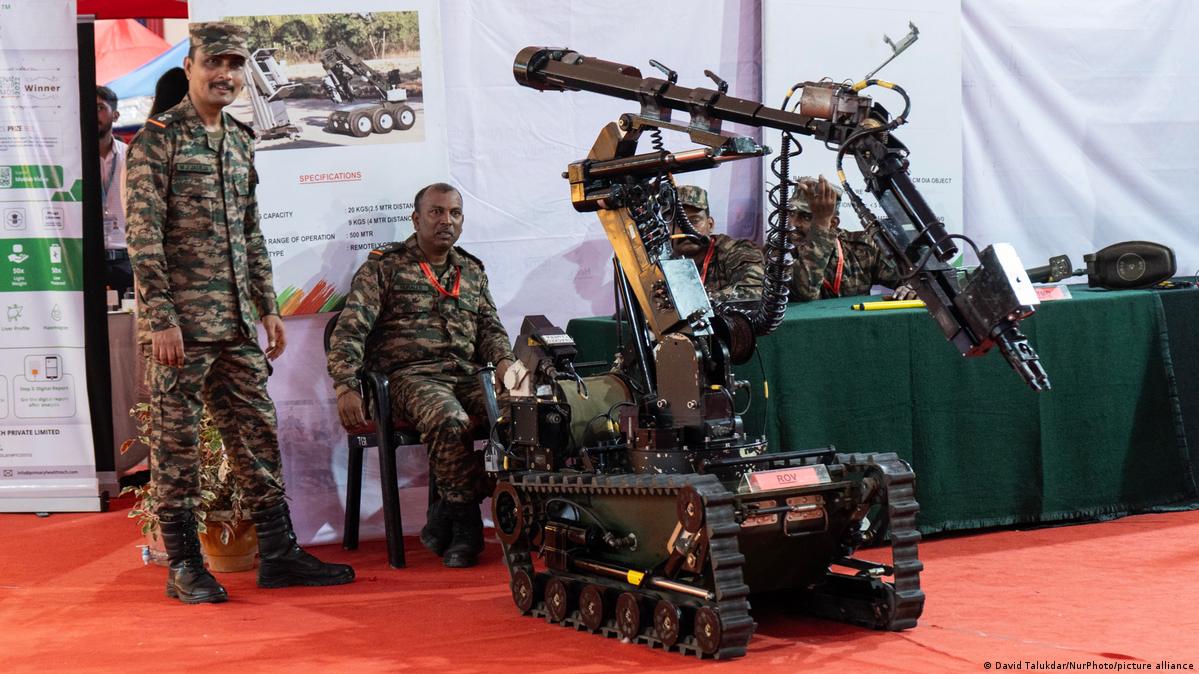SOURCE: AFI

The battlefield of the future will be dominated by those who can best harness technology. This reality is driving a global arms race, with countries like China and India vying for an edge.
On April 19, 2024, China took a significant step by dissolving its Strategic Support Force (SSF) and creating three independent branches: the Aerospace Force, Cyberspace Force, and Information Support Force. Analysts offer several explanations for this move, but one key factor appears to be adaptability. Established in 2016, the SSF may not have kept pace with the rapid evolution of warfare. By creating specialized forces, China aims to address potential shortcomings and streamline its technological integration.
This restructuring also reflects China’s close watch on the United States, which is making similar adjustments to its military structure.
The SSF, while short-lived, made significant strides in artificial intelligence (AI) for intelligence gathering, autonomous systems, and electronic warfare. Additionally, China is pushing boundaries in robotics, exoskeletons, drone swarms, hypersonic weapons, and even quantum technologies for military applications.
India, recognizing the critical role of technology, has declared 2024 its “technology absorption year.” This initiative highlights India’s commitment to integrating advanced tools like exoskeletons, drones, and unmanned systems. Trials with hypersonic weapons and quantum technologies are also underway. However, China currently appears to hold a lead in this technological arms race.
The future of warfare will be shaped by a nation’s ability to innovate and adapt. While China’s restructuring and India’s focus on absorption are promising signs, the race for technological dominance is far from over.